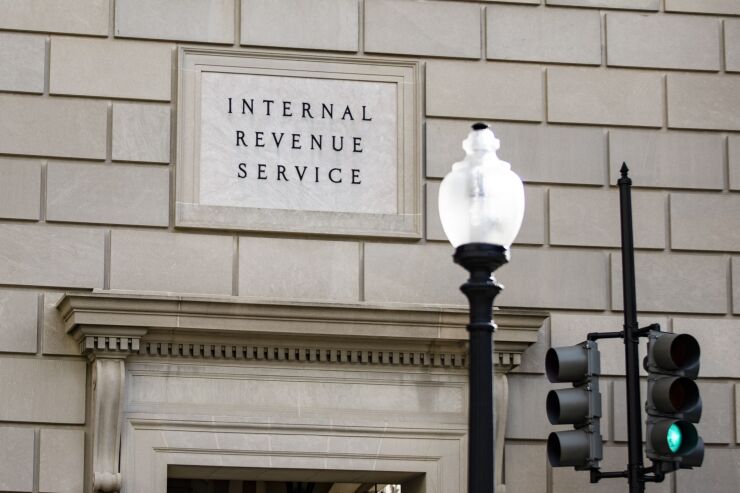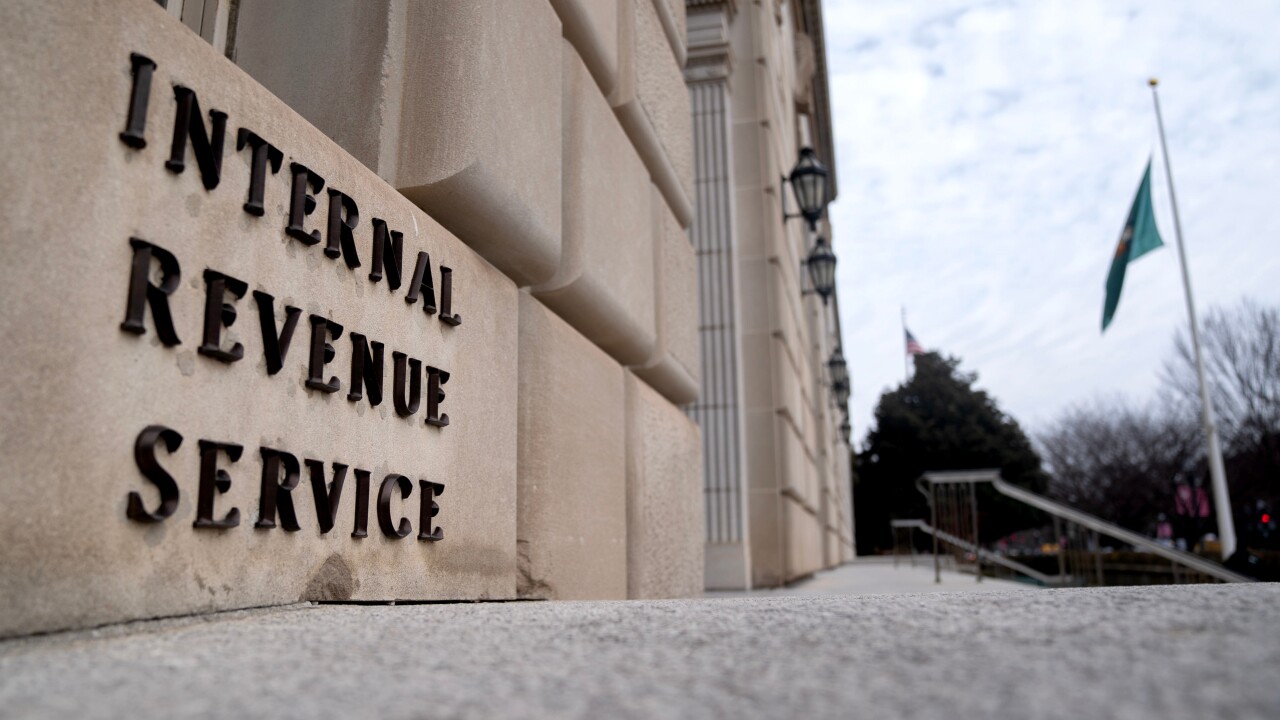The Internal Revenue Service has enhanced its “
With the upgrade, taxpayers can now select any of the three most recent tax years to check their refund status. They will need to enter either their Social Security number or ITIN, filing status and expected refund amount from the original filed tax return for the tax year they’re checking.
Before the update, the app only showed the status of the most recently filed tax return within the past two tax years. Information available to those calling the tax refund hotline will be limited to the 2021 tax return, however.

Using the app, taxpayers can start checking the status of their refund within:
- 24 hours after e-filing a tax year 2021 return;
- Three or four days after e-filing a tax year 2019 or 2020 return; or,
- Four weeks after mailing a return.
This tool is also accessible through the
- Return received;
- Refund approved; and,
- Refund sent.
The tool is updated once a day, typically overnight, and gives taxpayers a projected refund issuance date as soon as it’s approved. Where’s My Refund is one of the most popular online features available from the IRS. The tool was developed in 2002 and was used by taxpayers more than 776 million times last year.
The IRS is reminding taxpayers that their
“We encourage those who expect a refund, but requested an extension, to file as soon as they’re ready,” said IRS Commissioner Chuck Rettig in a statement Wednesday. “We process returns on a first-in basis, so the sooner the better. There’s really no reason to wait until October 17 if filers have the relevant information to file now.
The IRS is continuing to face criticism from Congress over the long backlogs in processing tax returns.
Republicans on the Senate Finance Committee, led by ranking Member Mike Crapo, R-Idaho, sent a
“For taxpayers due a refund, an IRS backlog means refund delays and possible financial hardship,” they wrote. “For others, the backlog means the unavailability of tax transcripts necessary to secure a loan or employment.”
In March, National Taxpayer Advocate Erin Collins recommended the IRS implement 2-D barcoding for paper tax returns to encode the data and import it in digital form into the IRS’s computer systems, bypassing time-consuming manual data entry and streamlining the process (





